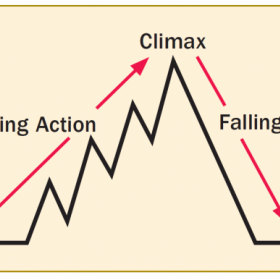Page 415 from

Start-Up Activity
Have students list their five favorite works of literature (favorite novels, plays, short stories, poems, or movies). Then ask them to select one piece and answer these questions about it:
-
How does this literature make you feel? Why?
-
What does this literature make you think? Why?
-
What is your favorite thing about this piece of literature? Why?
Great literature awakens feelings and thoughts in us, but it does even more. It connects to us on a personal level, sometimes redirecting us, sometimes reshaping us. This chapter helps students find those connections with literature.
Think About It
“Writing is a kind of double living. The writer experiences everything twice. Once in reality and once in that mirror which waits always before or behind.”
—Catherine Drinker Bowen

Start-Up Activity
Have students list their five favorite works of literature (favorite novels, plays, short stories, poems, or movies). Then ask them to select one piece and answer these questions about it:
-
How does this literature make you feel? Why?
-
What does this literature make you think? Why?
-
What is your favorite thing about this piece of literature? Why?
Great literature awakens feelings and thoughts in us, but it does even more. It connects to us on a personal level, sometimes redirecting us, sometimes reshaping us. This chapter helps students find those connections with literature.
Think About It
“Writing is a kind of double living. The writer experiences everything twice. Once in reality and once in that mirror which waits always before or behind.”
—Catherine Drinker Bowen
